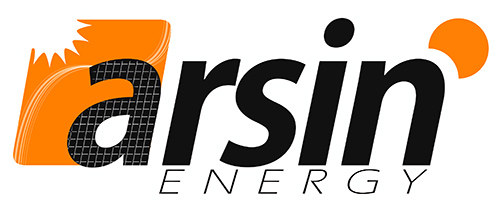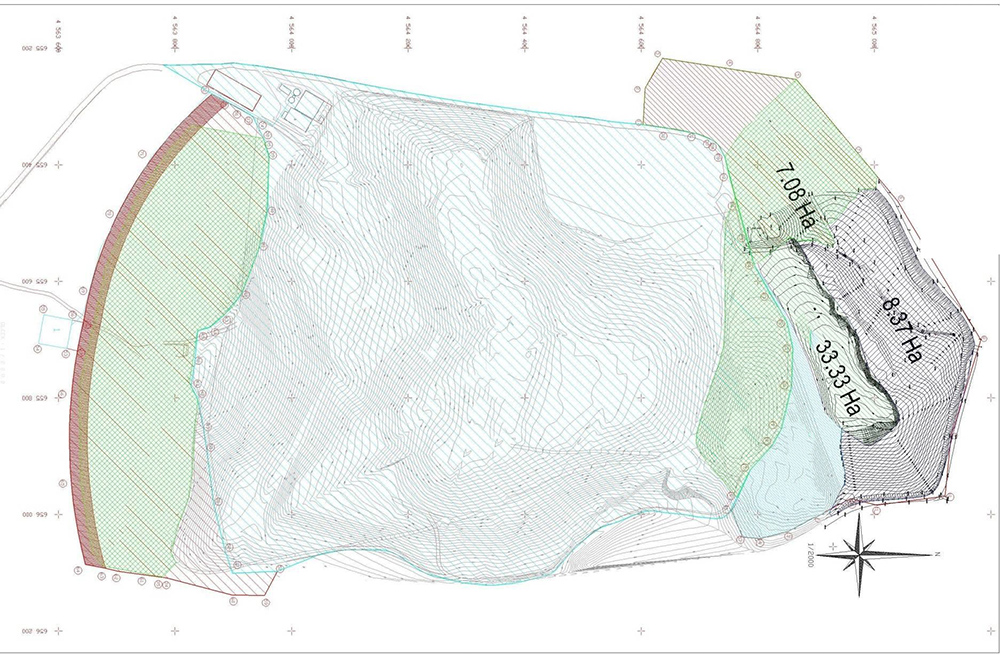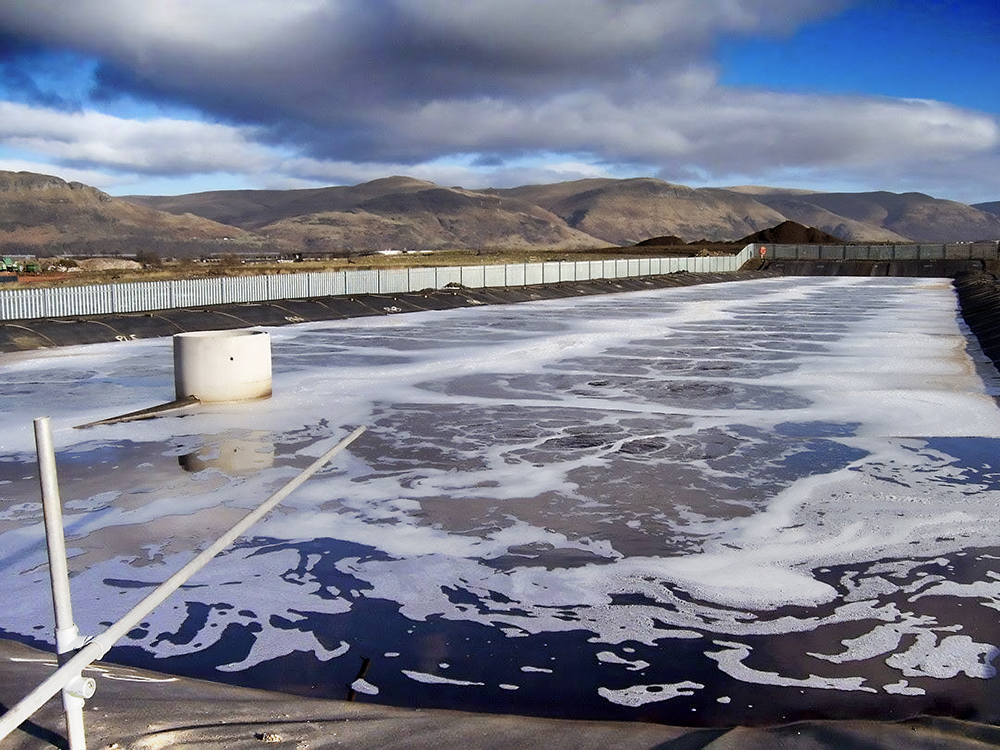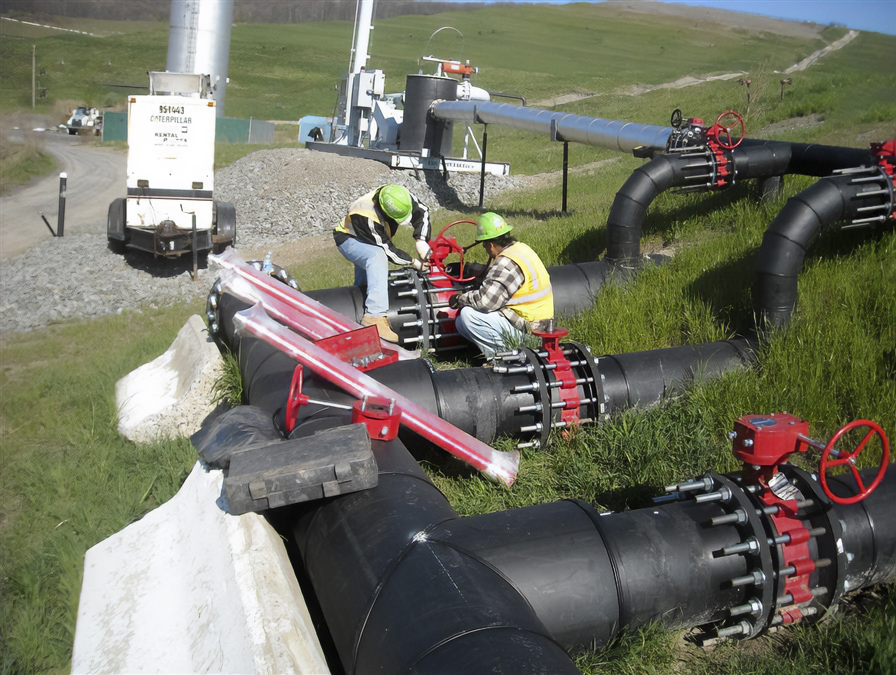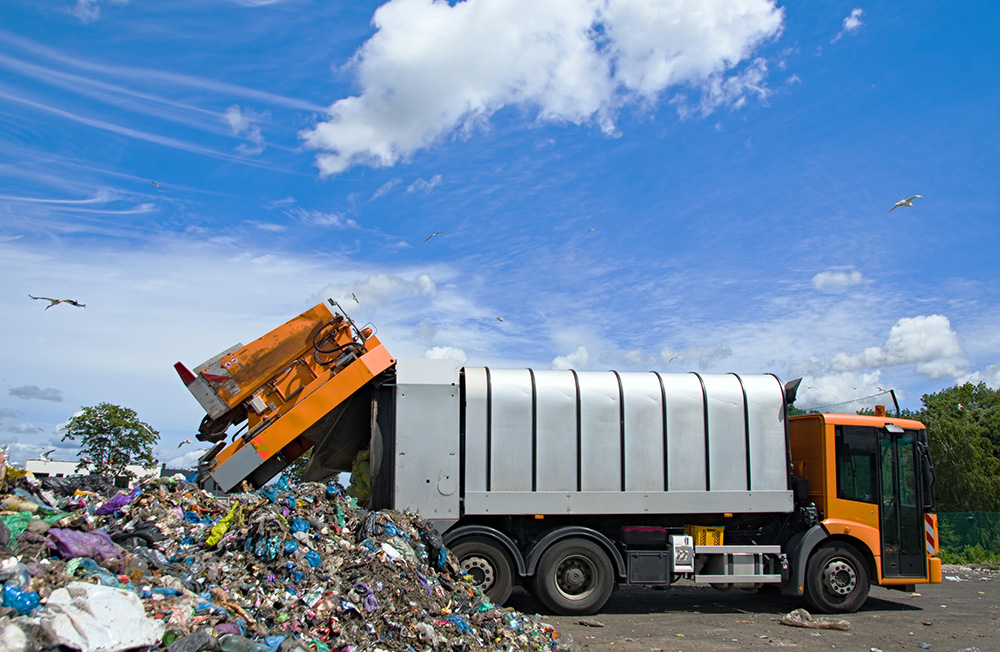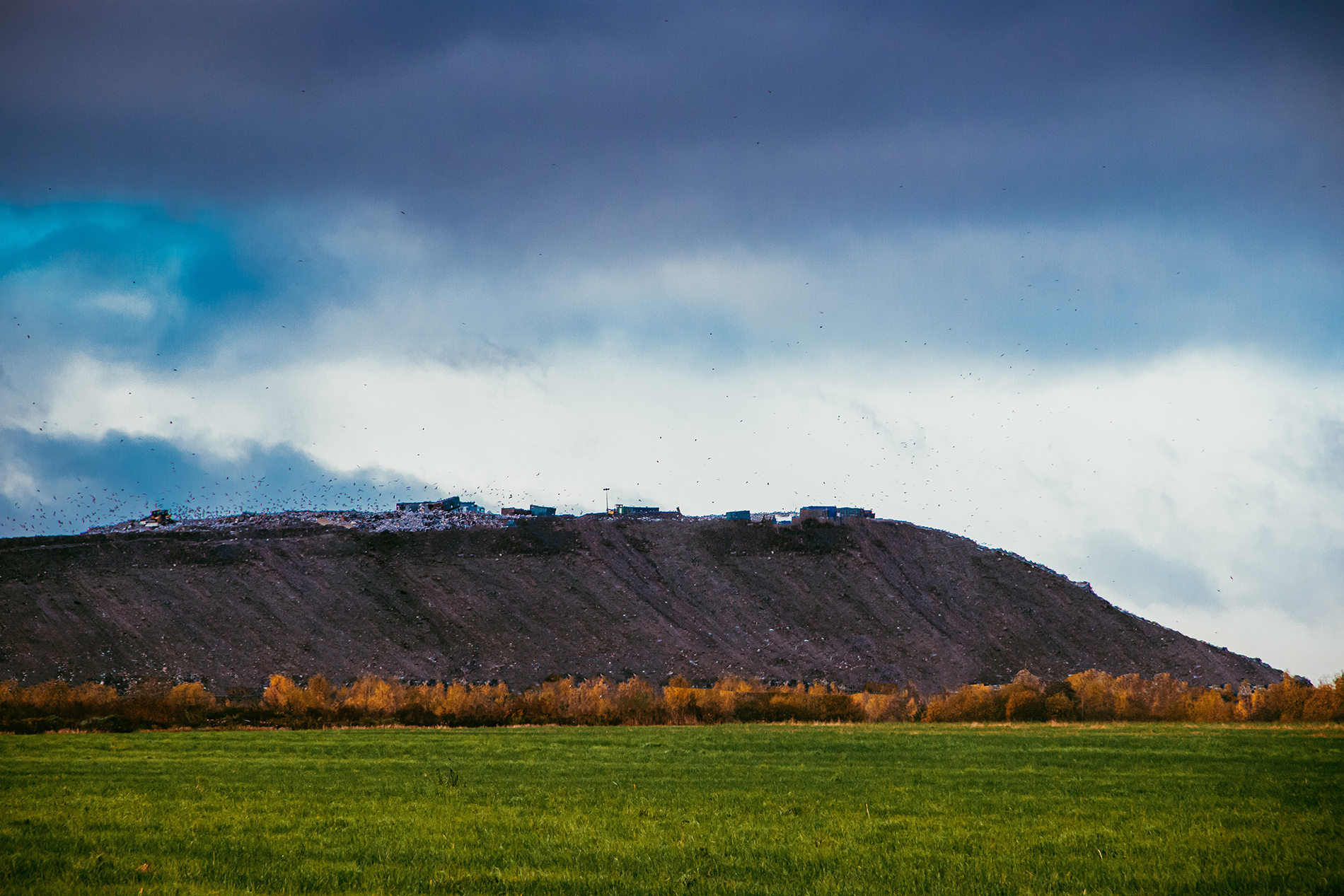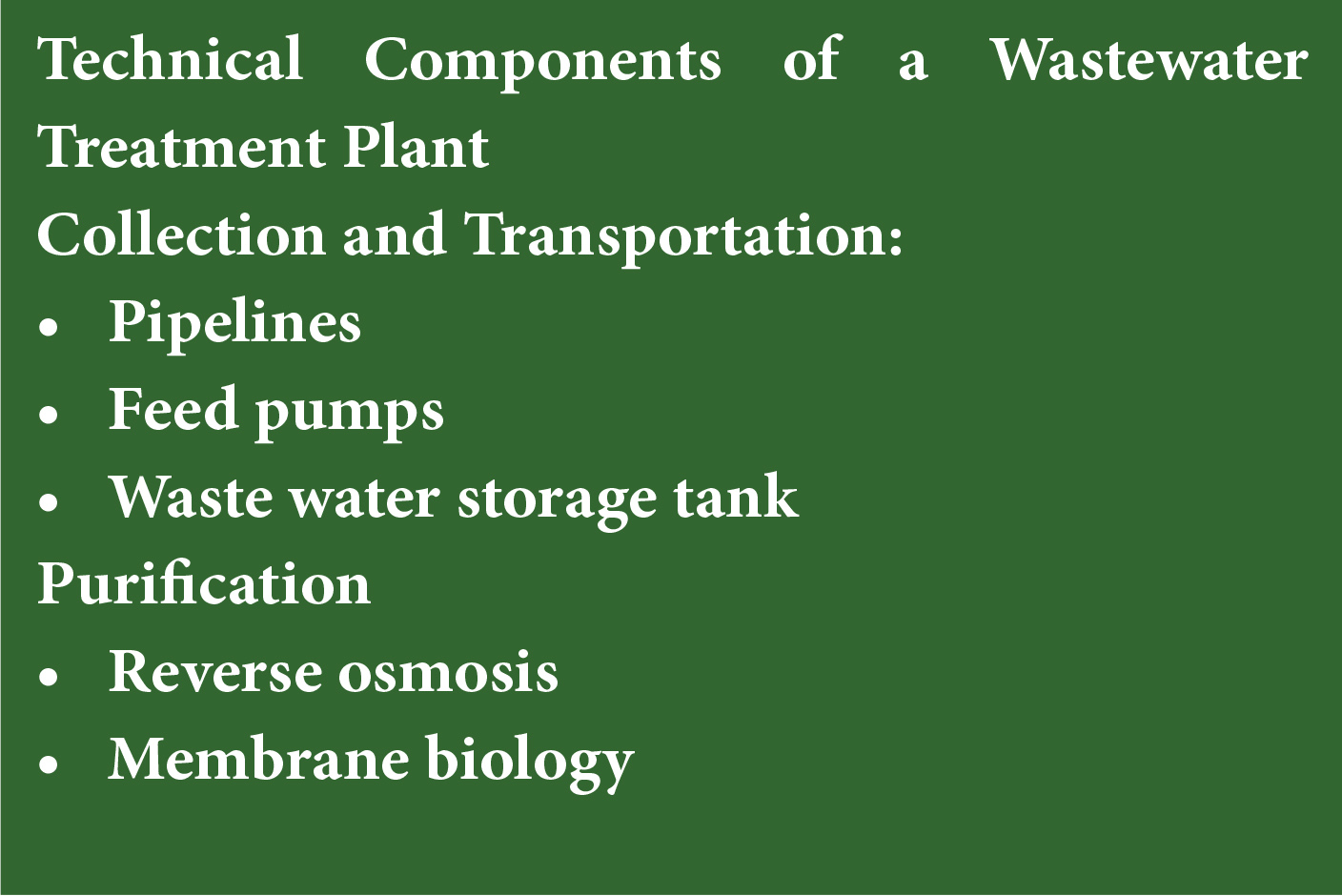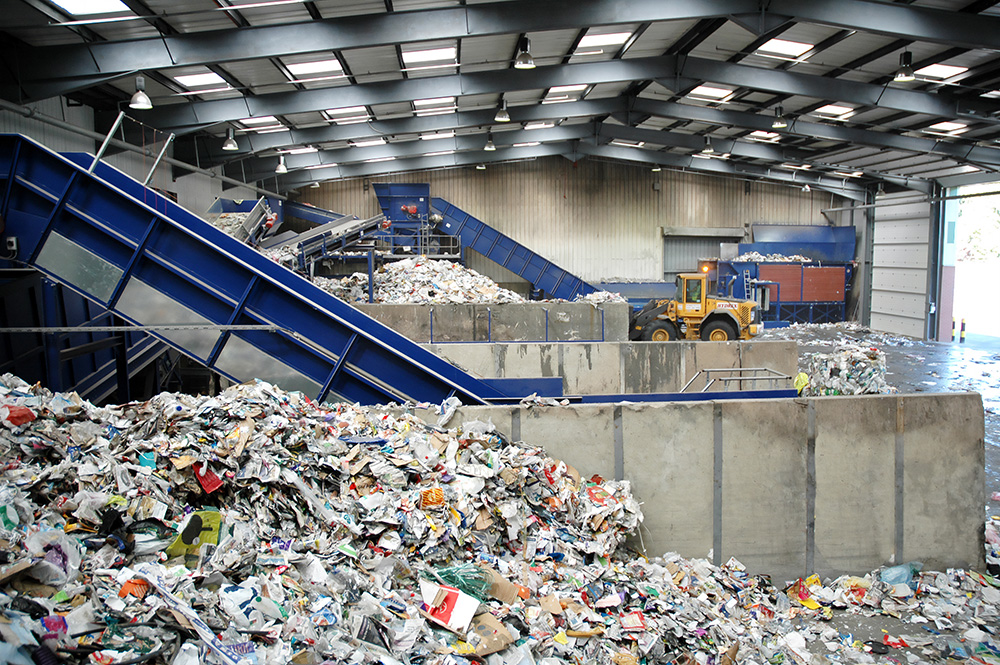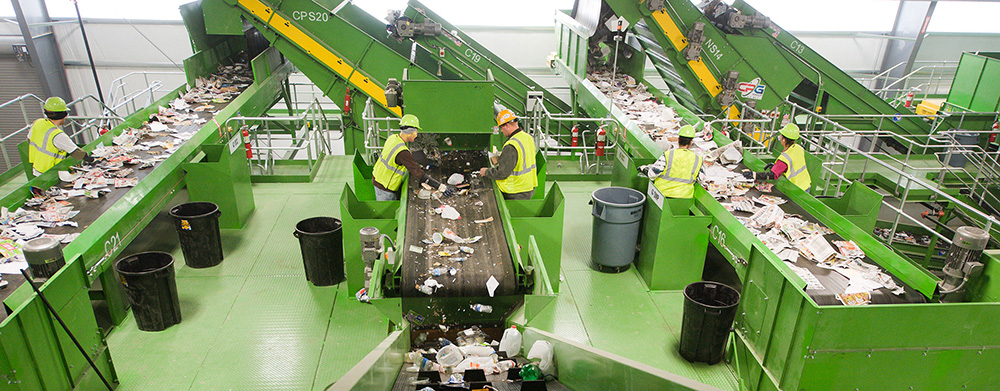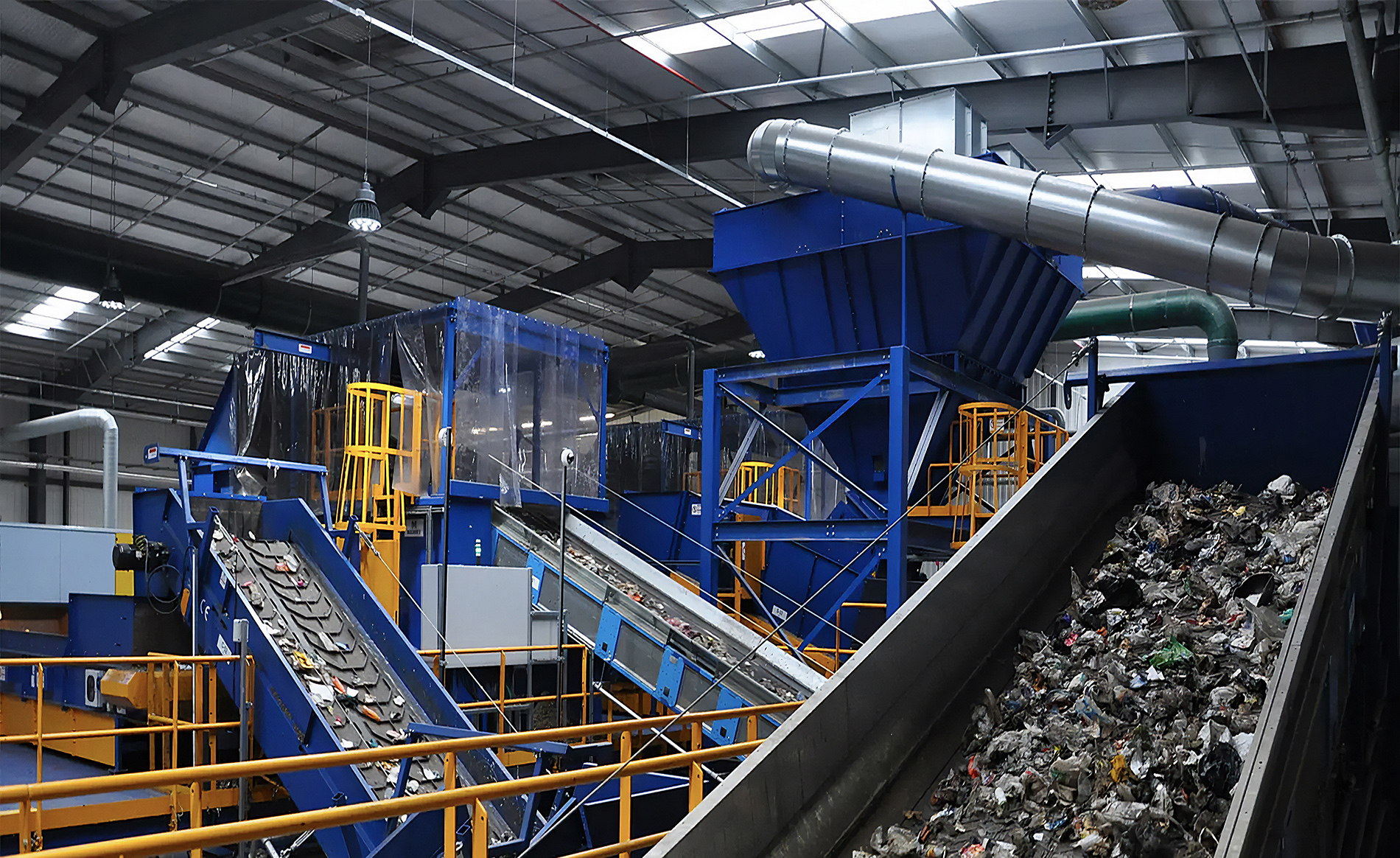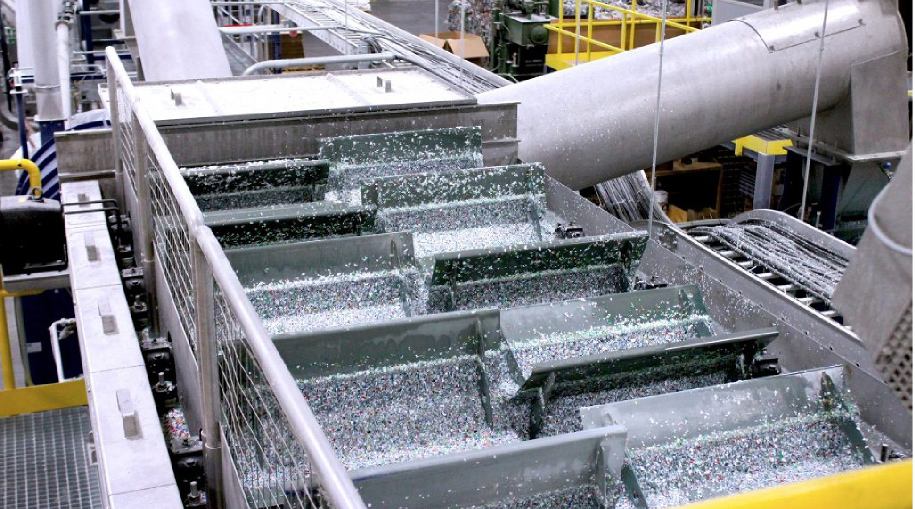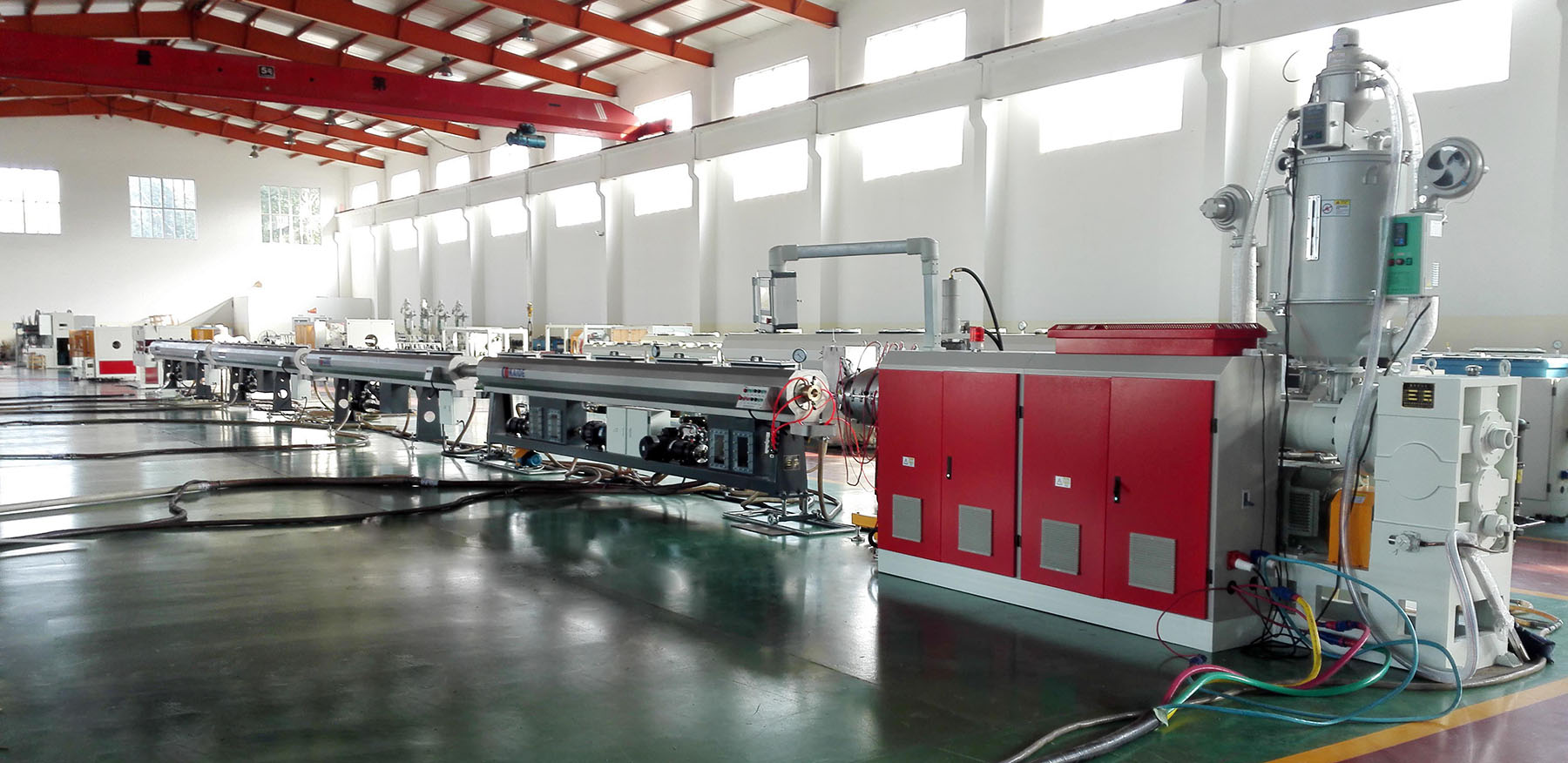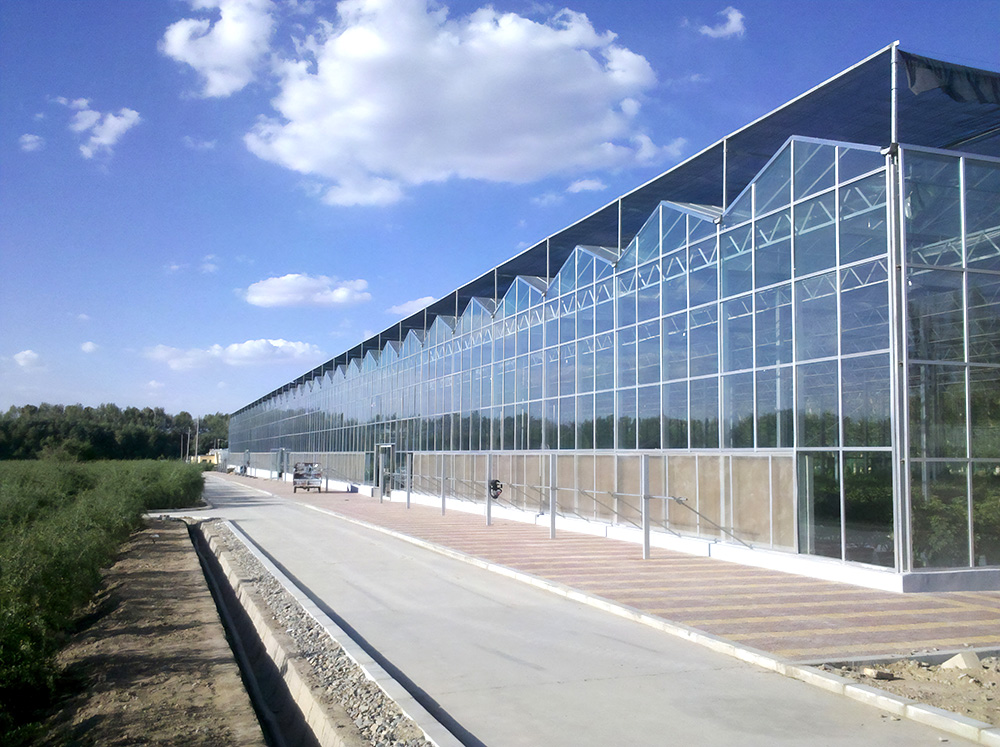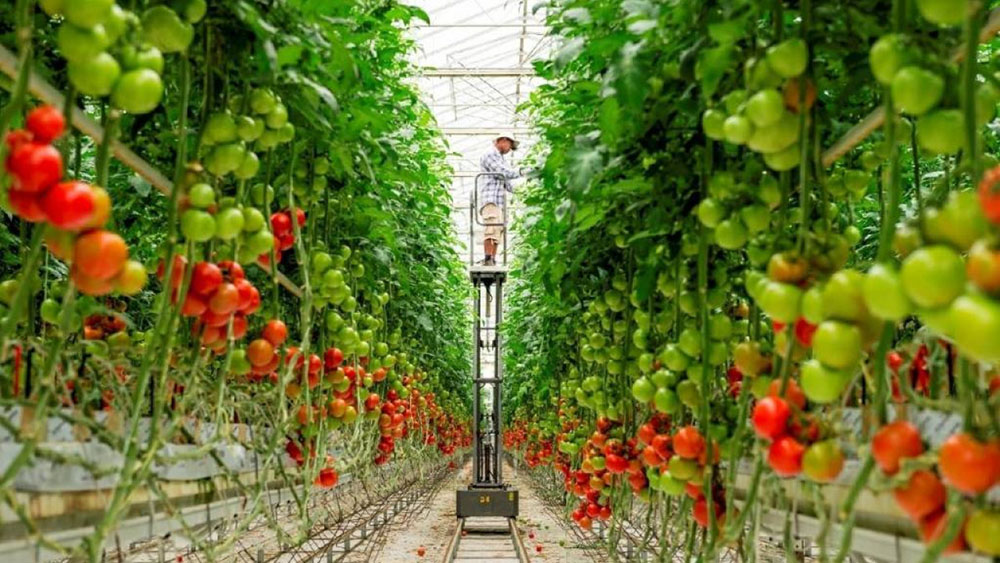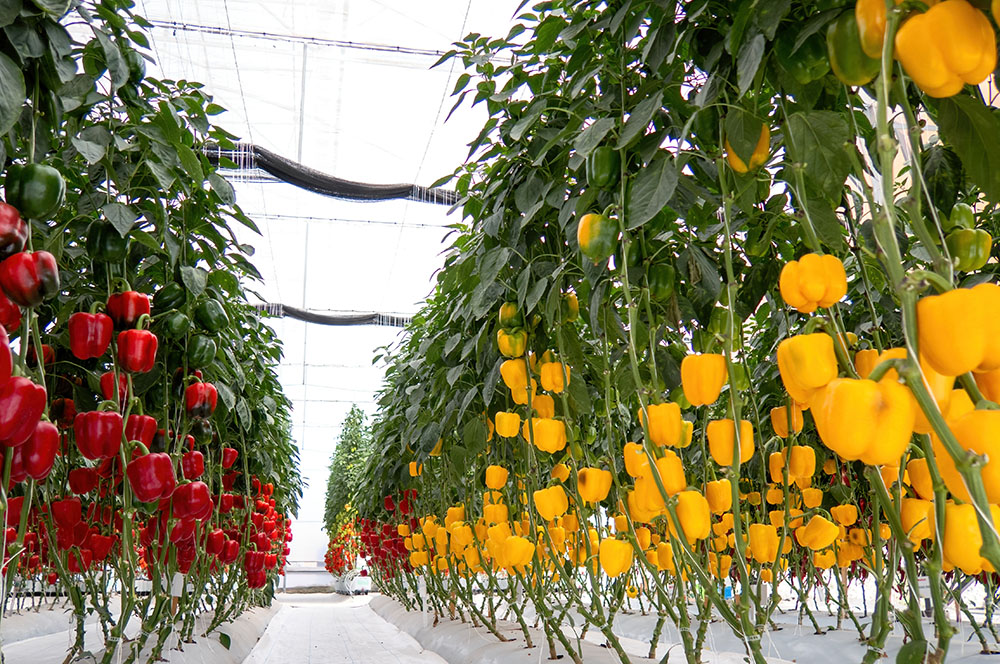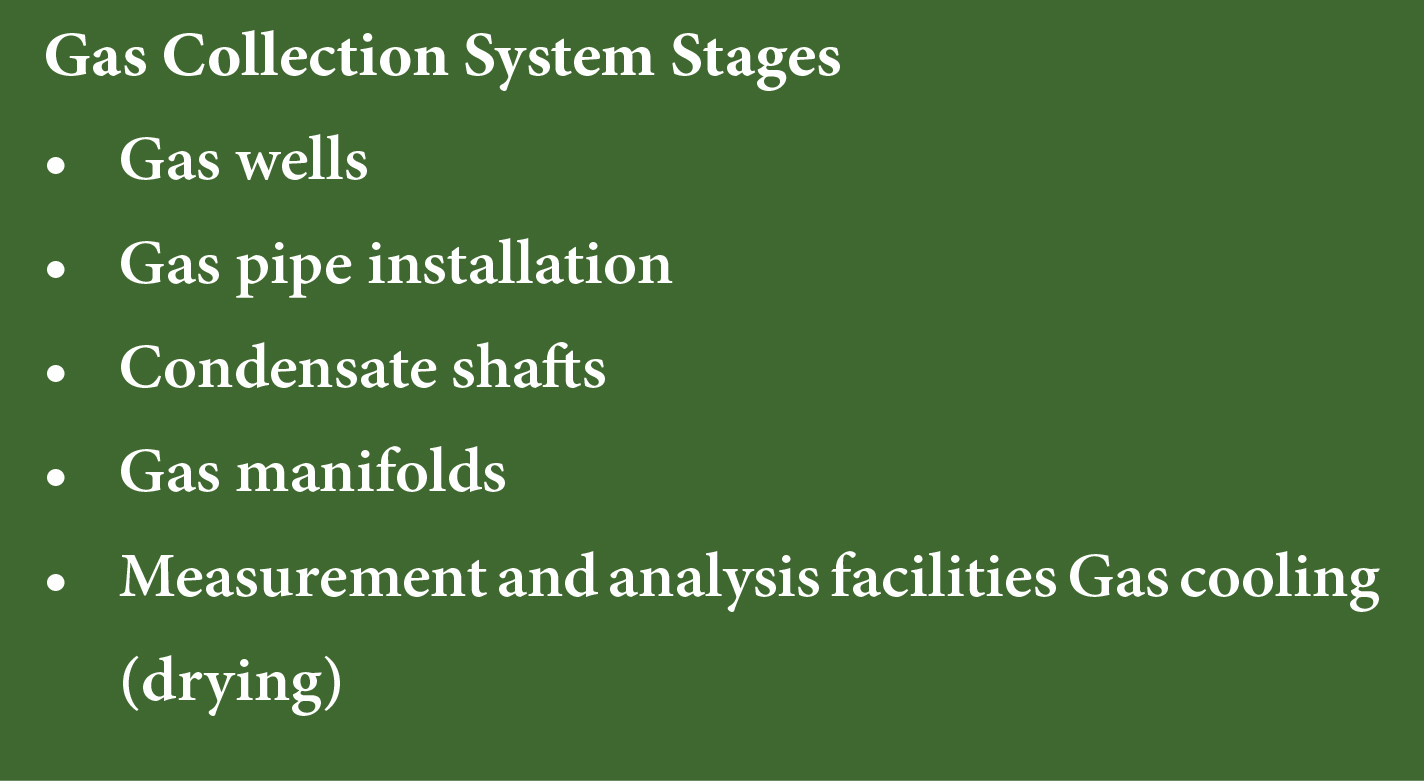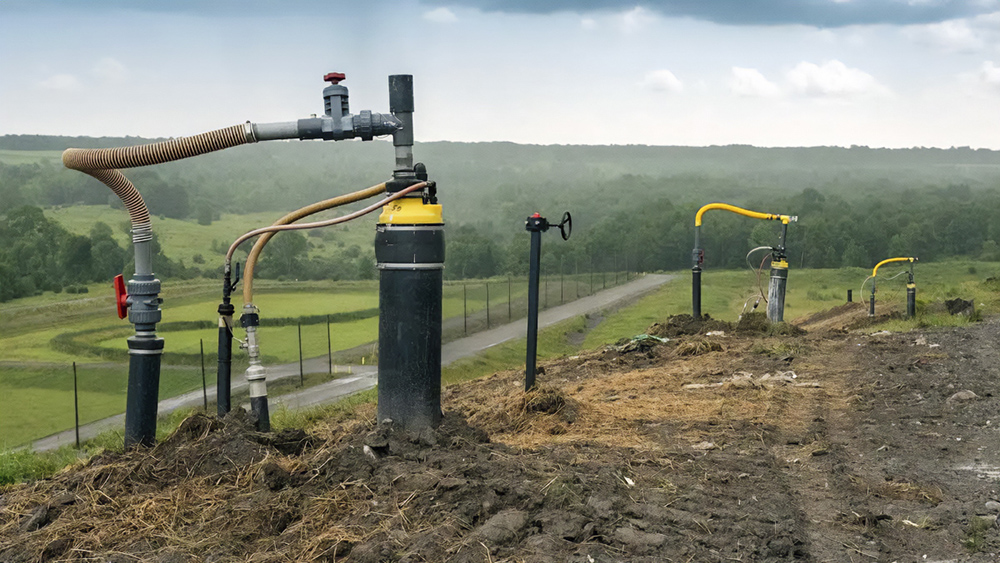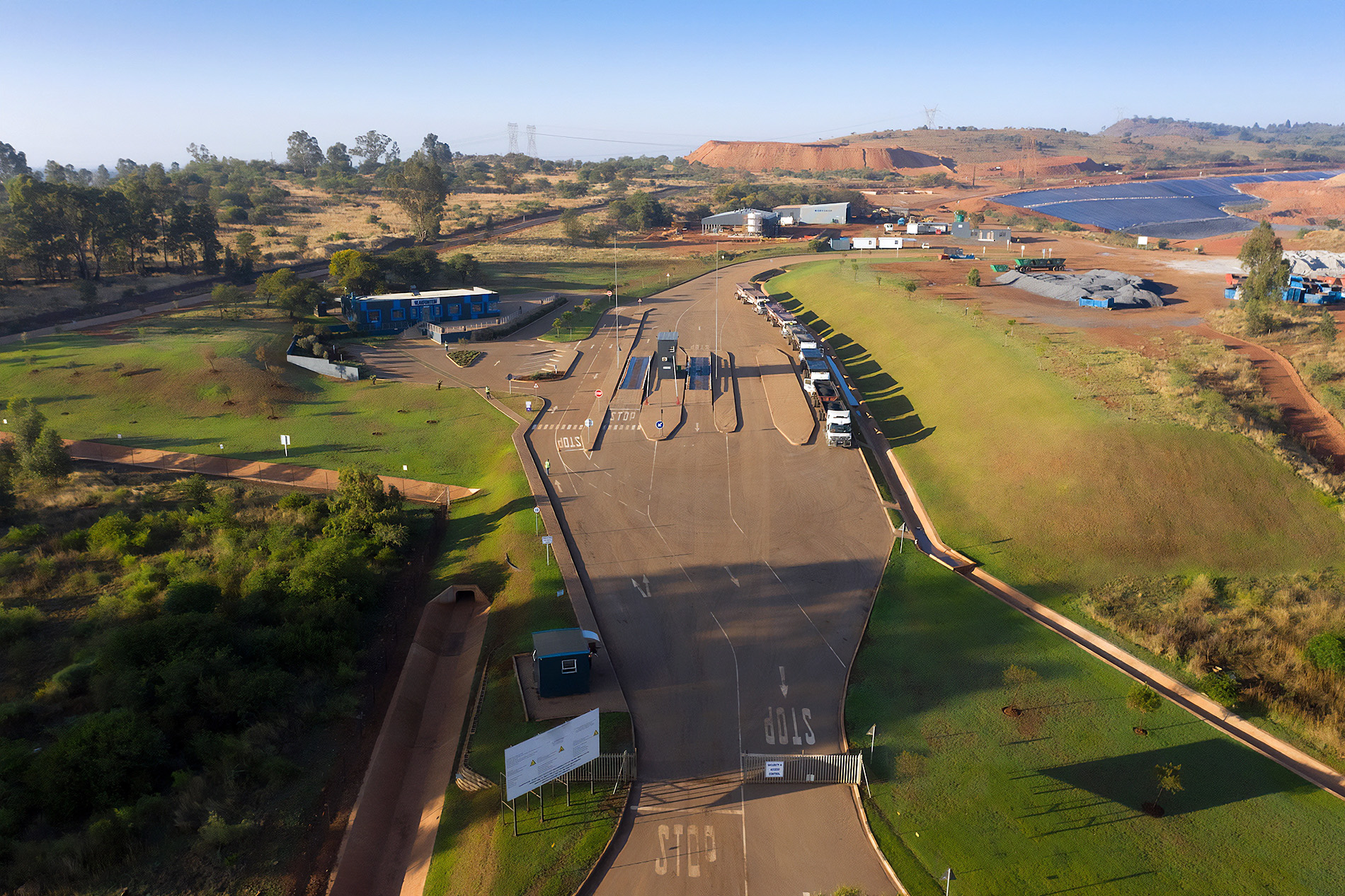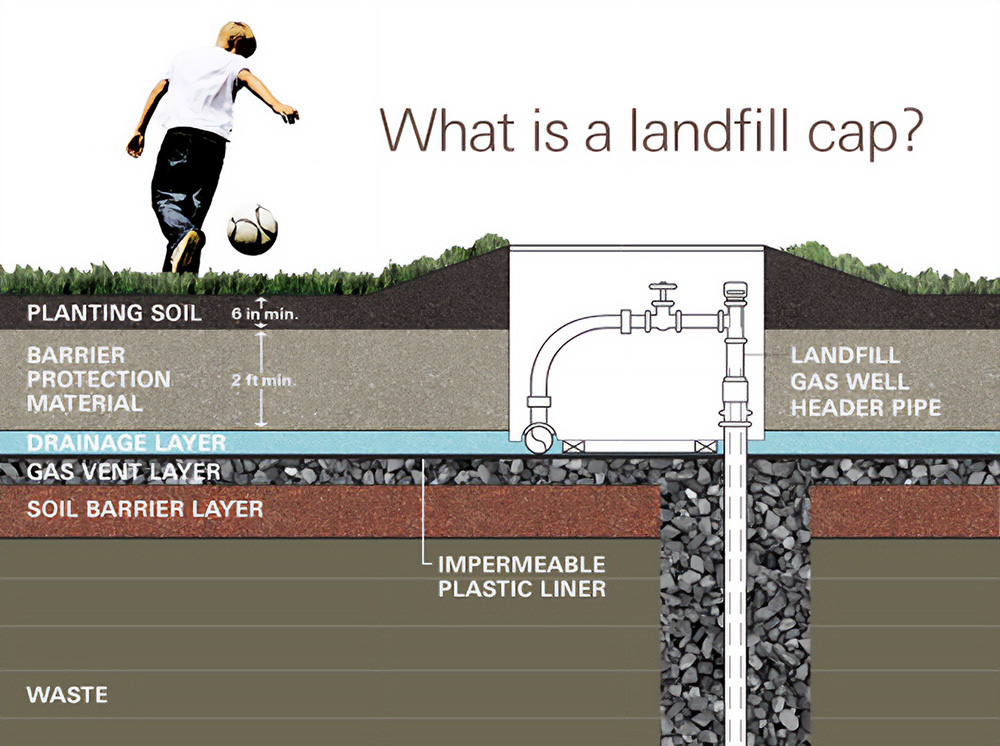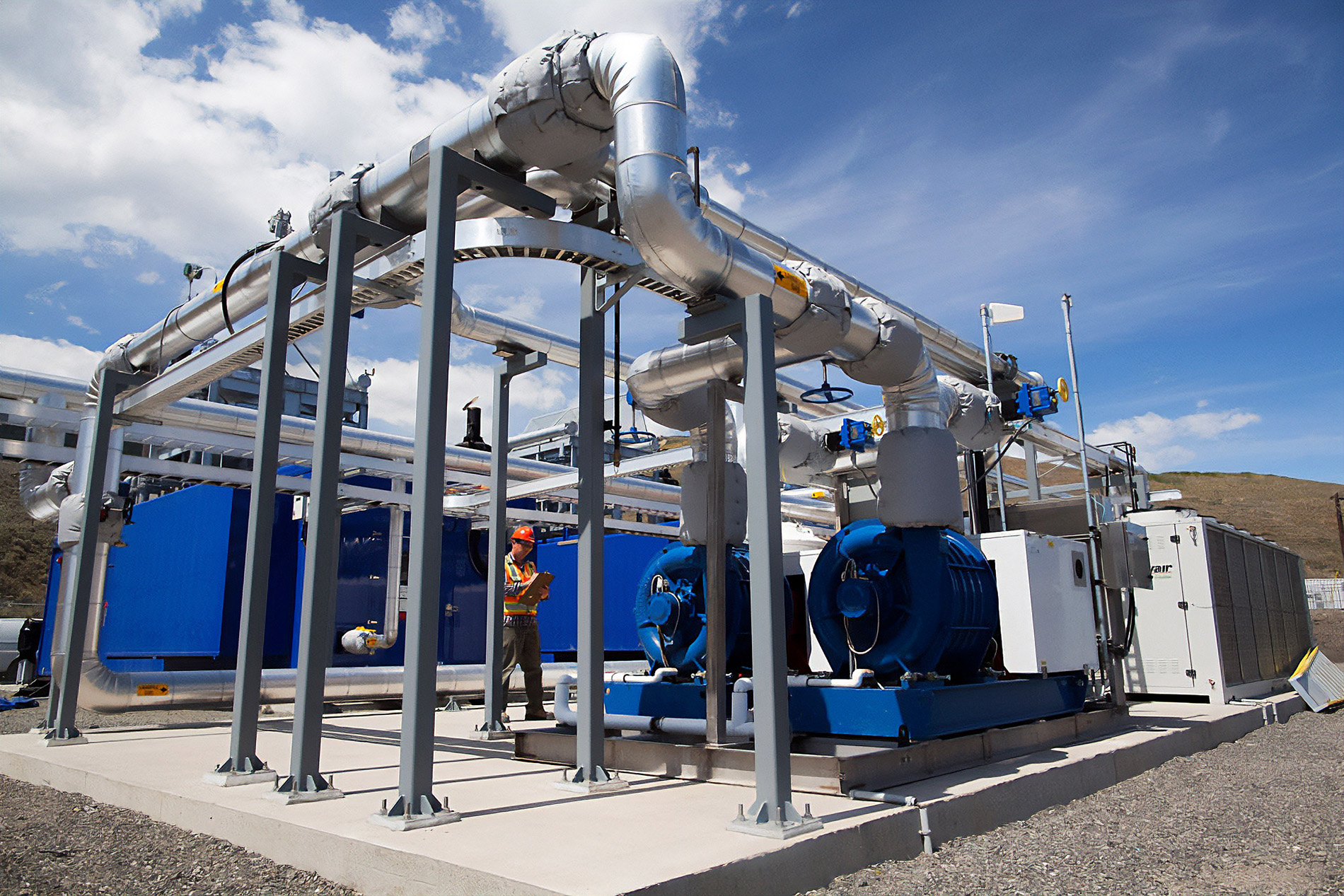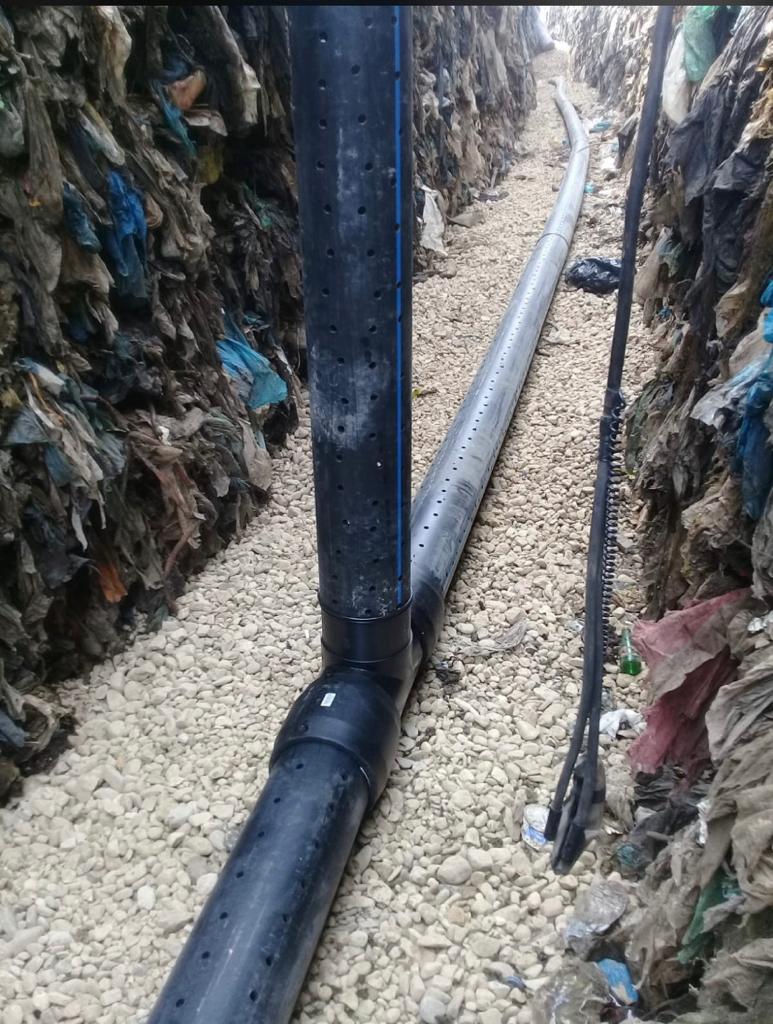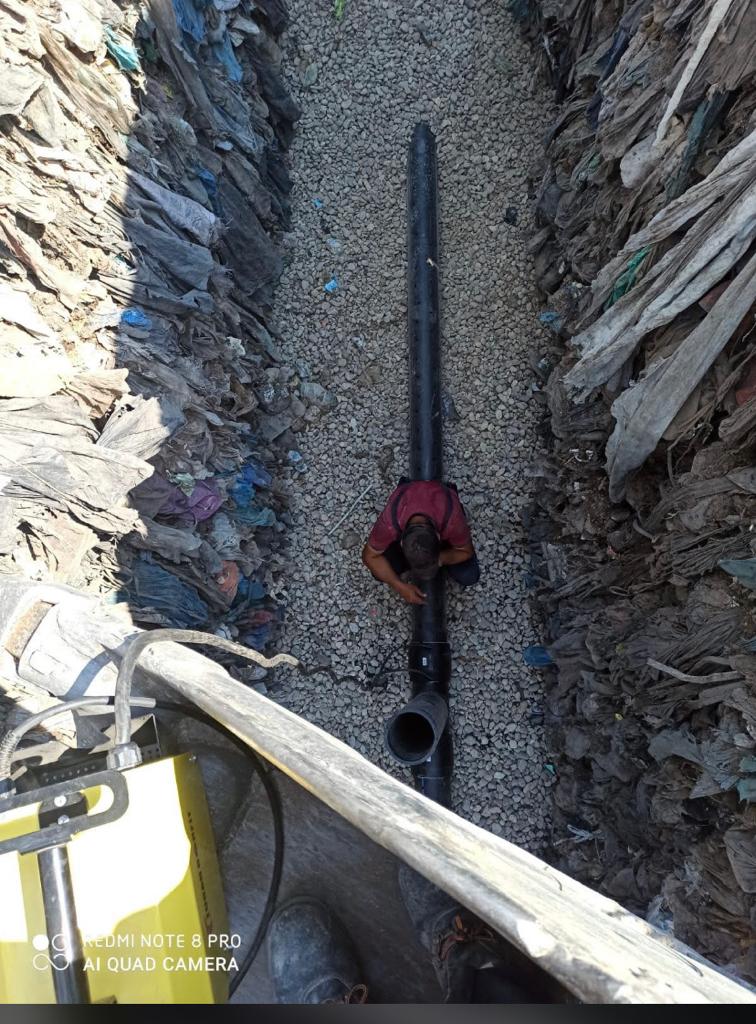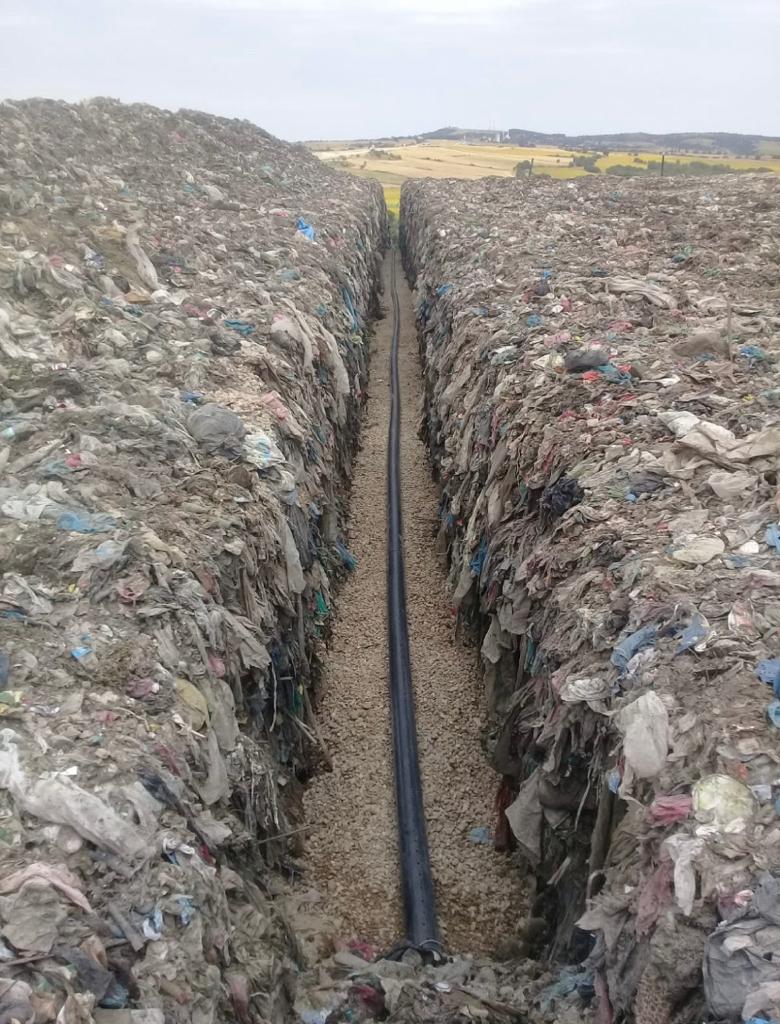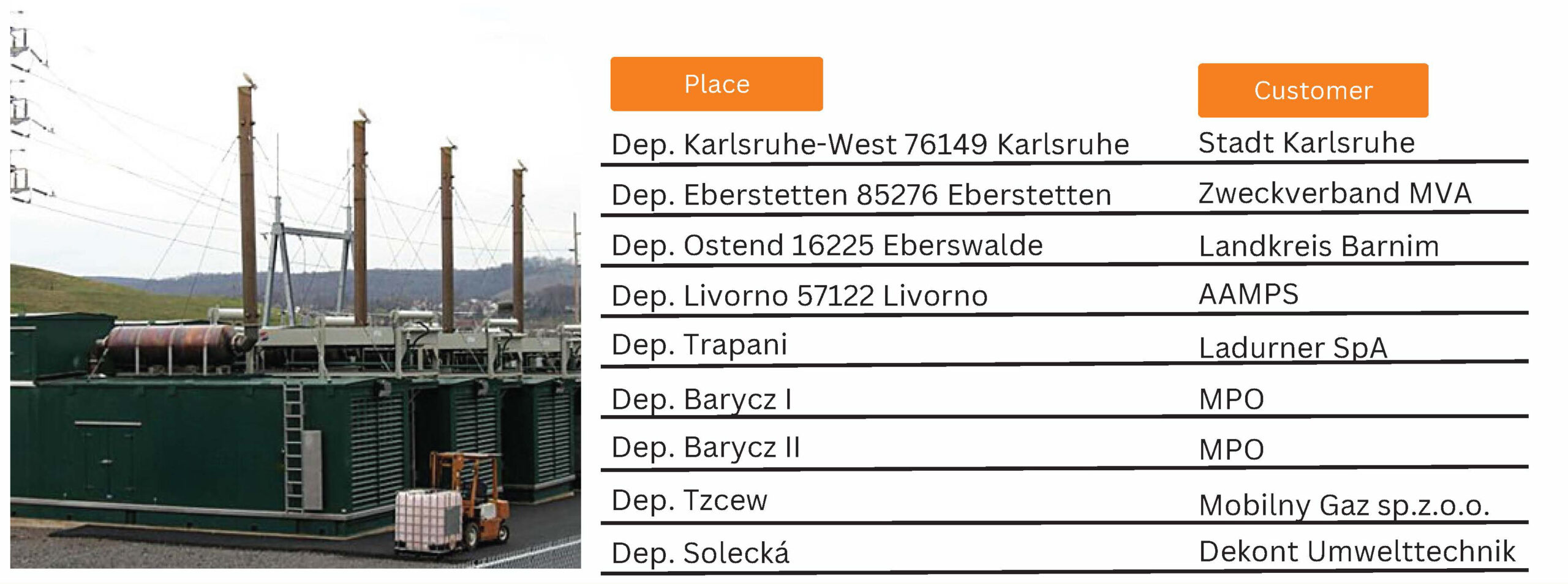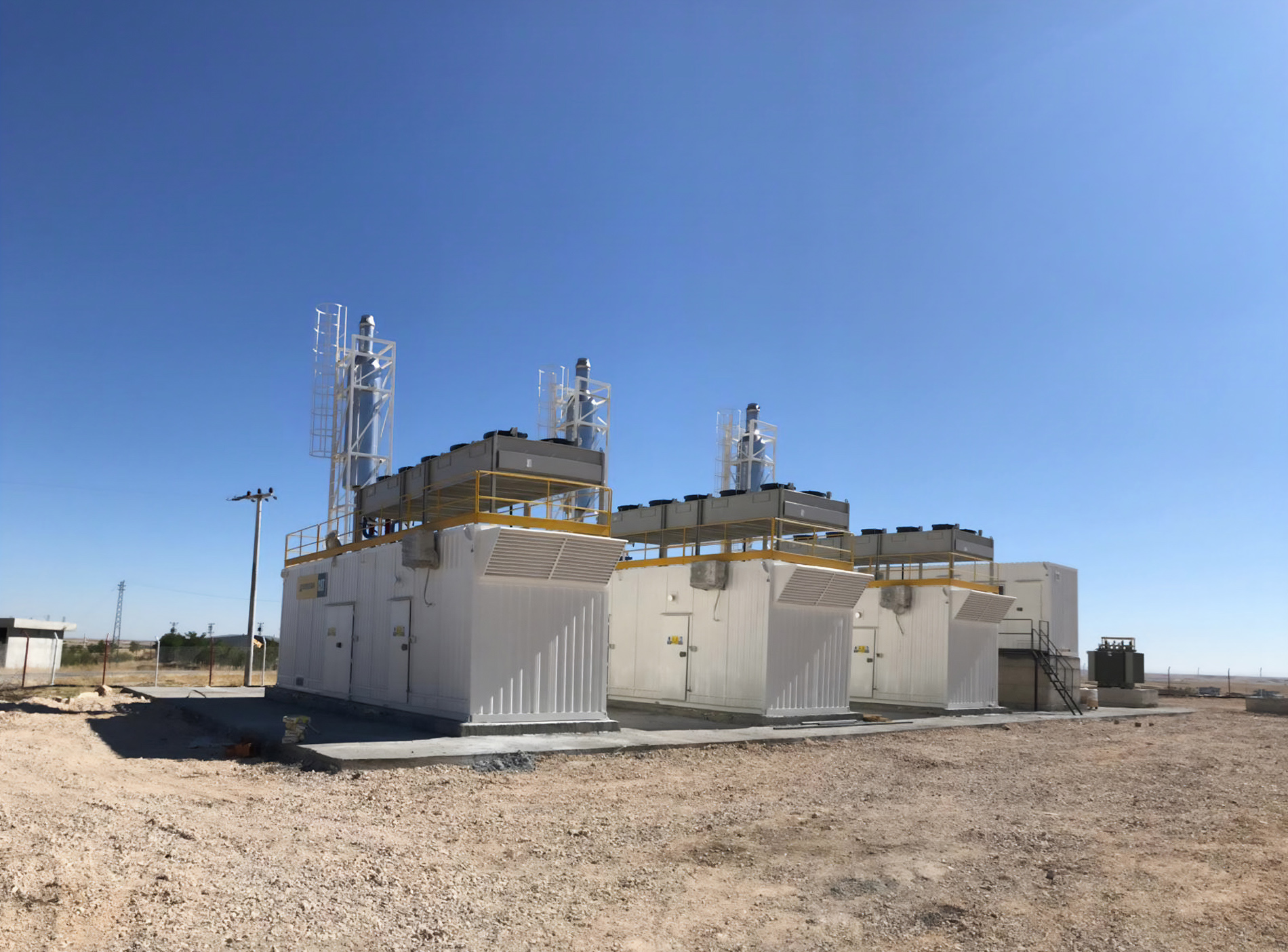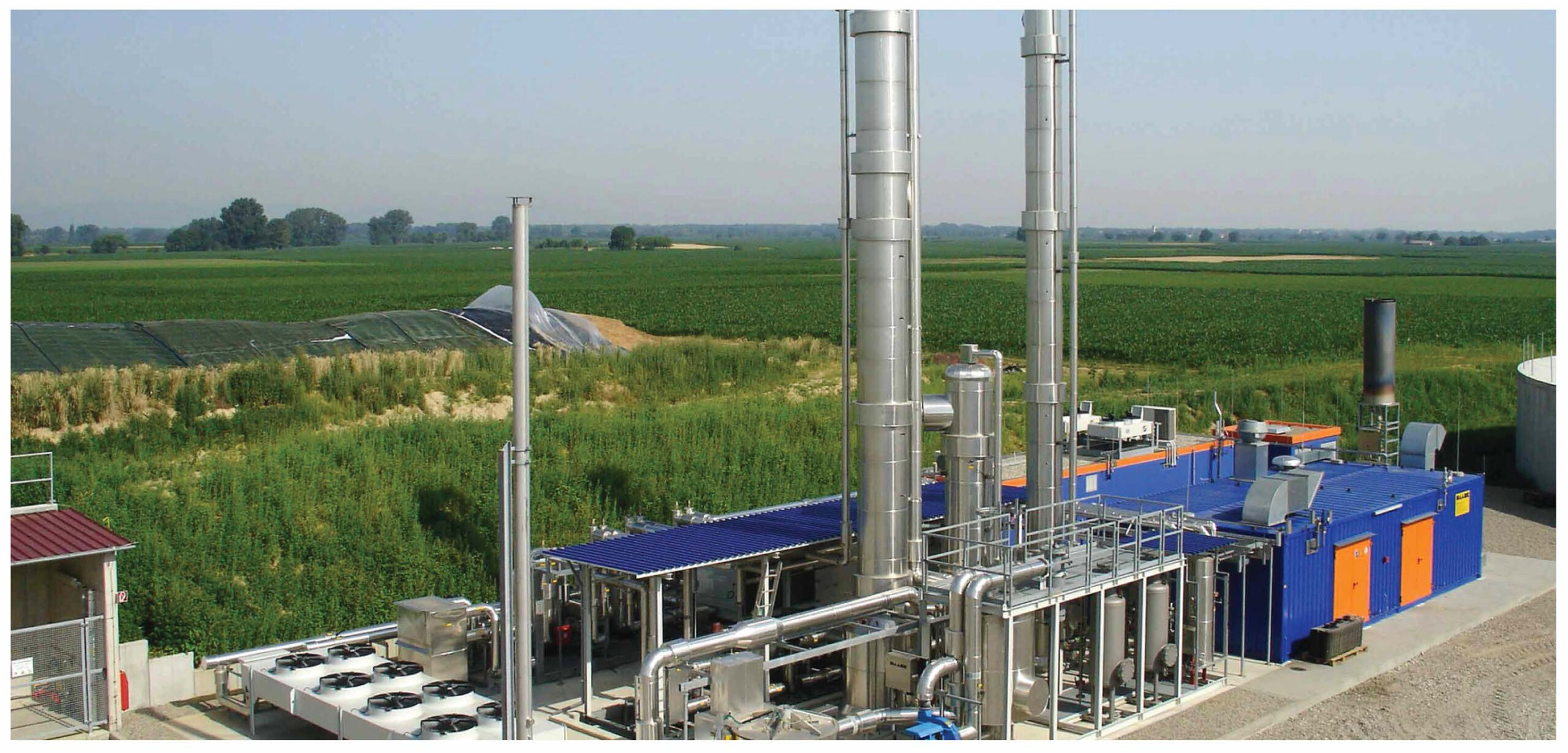One of the most important problems of local governments today is the environmental and sociological problems created by landfills. With Arsin Energy – Technical process engineering systems and services, we both produce renewable energy resources and end the problems that cause environmental disasters through engineering products by disposing of methane gas and leachate created by the sites and many factors that negatively affect the health of the people living in the region through the enterprises we have established in both national and international landfills.
All steps taken to reduce the amount of waste sent to landfill, which is also the philosophy of zero waste, have generally been based on incineration. However, over time, a large majority of people who want to adopt a more environmentally friendly and sustainable approach oppose incineration on the grounds that it destroys natural resources; that it undermines recycling by demanding a continuous waste stream; that it contributes badly to climate change; and that it can cause pollution from high concentrations of mismanaged air emissions and toxic output. Thus, a number of other options for managing waste are becoming more important, one of which is a group of technologies called Mechanical Biological Treatment. Arsin Energy offers you the benefits of MBT group technology by transforming the waste disposal process, which local governments have to meet with high costs, into energy to be used for the benefit of society, while at the same time establishing landfills instead of incineration plants that cause environmental negativities with its beneficial sustainable and innovative solutions.
